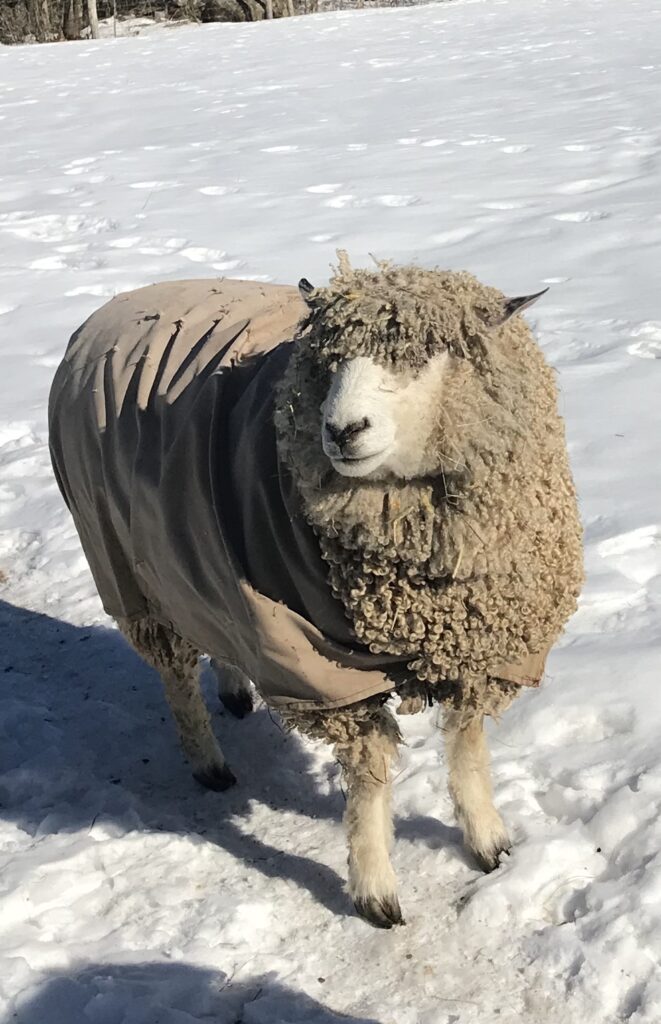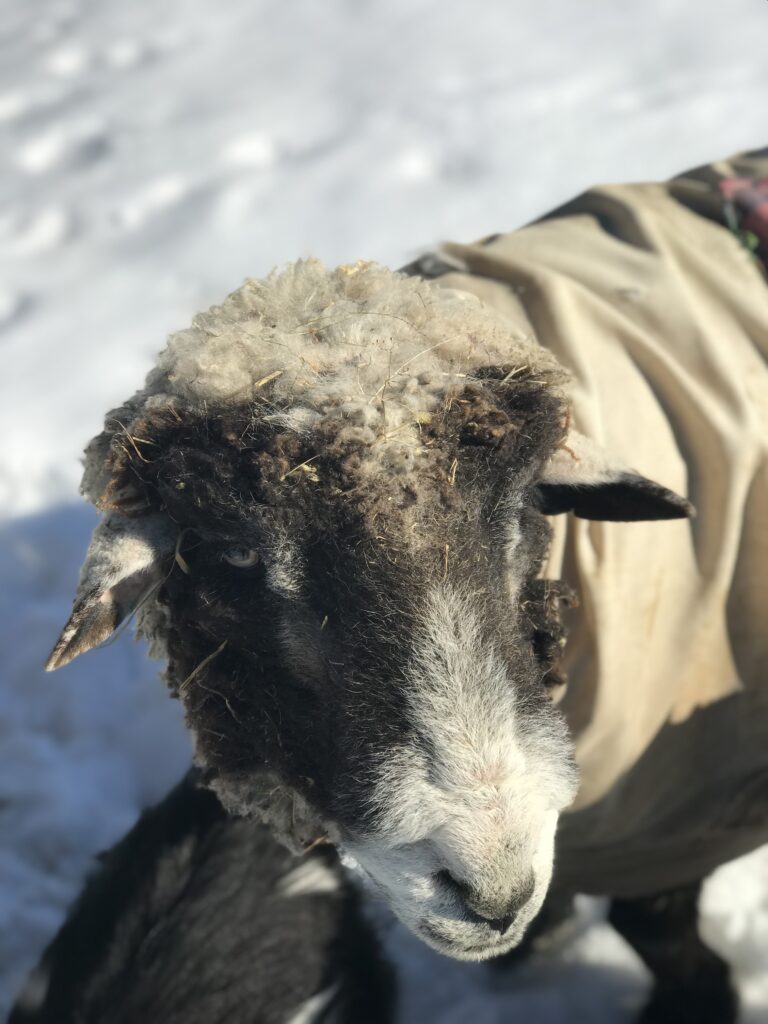Endangered Sheep Breeds
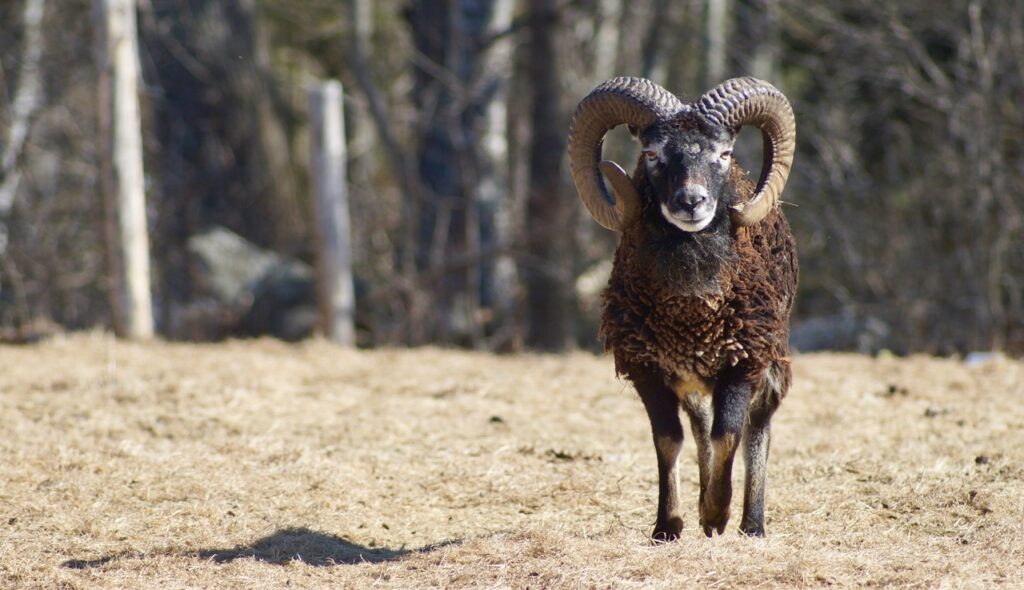
“Soay” is an Old Norse word meaning, simply, “sheep”. Soays are among the most primitive of the northern European short tailed sheep, a group that includes the Shetlands and Icelandics. They are closely related to feral mouflon, in turn derived from wild sheep of Western Asia near the Black Sea. All males, and some females, have horns. The sheep are small, quick, shy, athletic, cautious, and relatively wild. Our “British soays” are registered with the British Rare Breeds Survival Trust. There are probably a few hundred soays in the US, a slightly larger number on British farms, and a wild original flock on the St. Kilda Island group off the Scottish coast. We offer breeding stock for sale.
British and American Soays are the most primitive of domestic sheep and closely related to sheep the sheep originally domesticated in the middle east several thousand years ago.
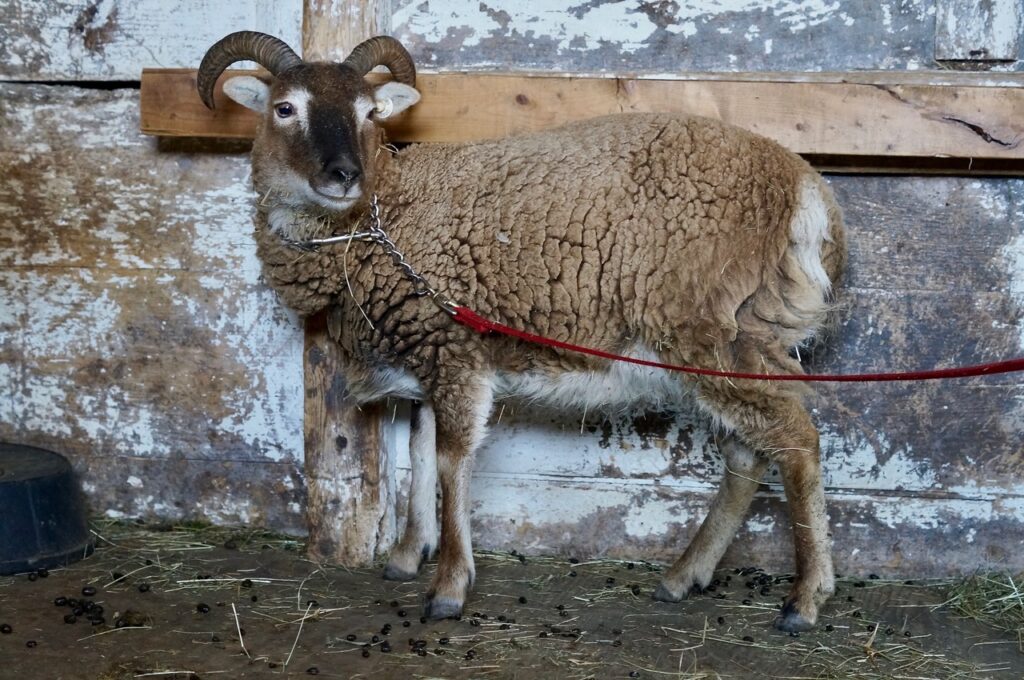
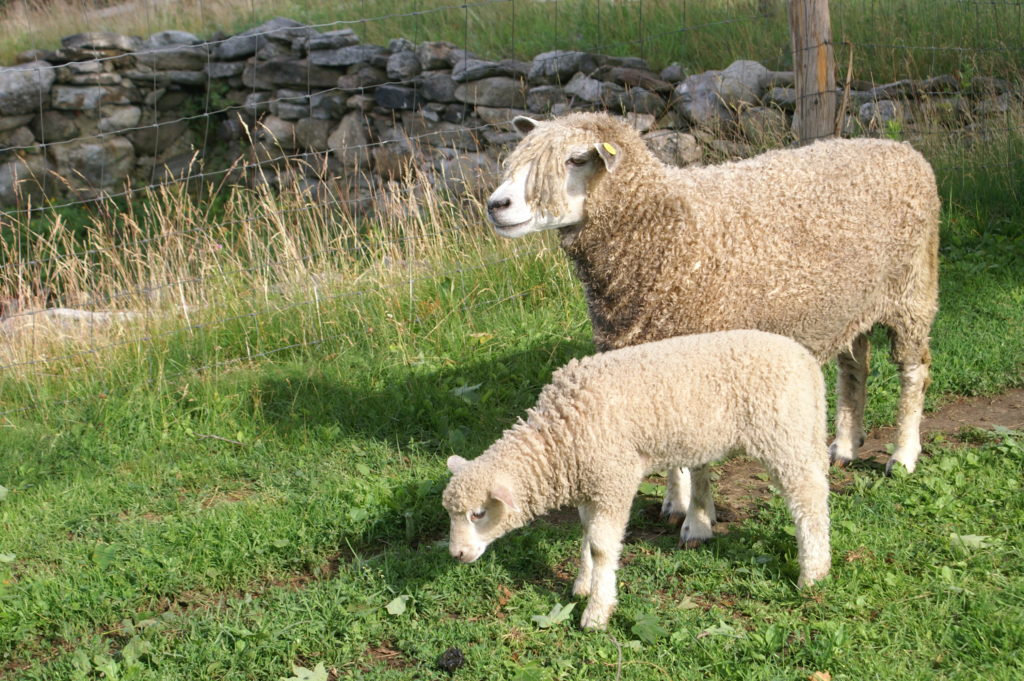
Leicester longwool Leicester’s are large sheep developed by an Englishman, Robert Bakewell in the 1750s. They were the first livestock breed to be “improved” by an explicit, planned breeding program using selected males mated with selected females. The resulting sheep were known to farmers including Washington and Jefferson in the American colonies. When Colonial Williamsburg wanted a breed of sheep appropriate to its simulated period in the 1760s, they were able to import a flock of Leicester’s. The breed is critically endangered. The wool is notable for its length, strength and luster. Breeding stock is for sale.
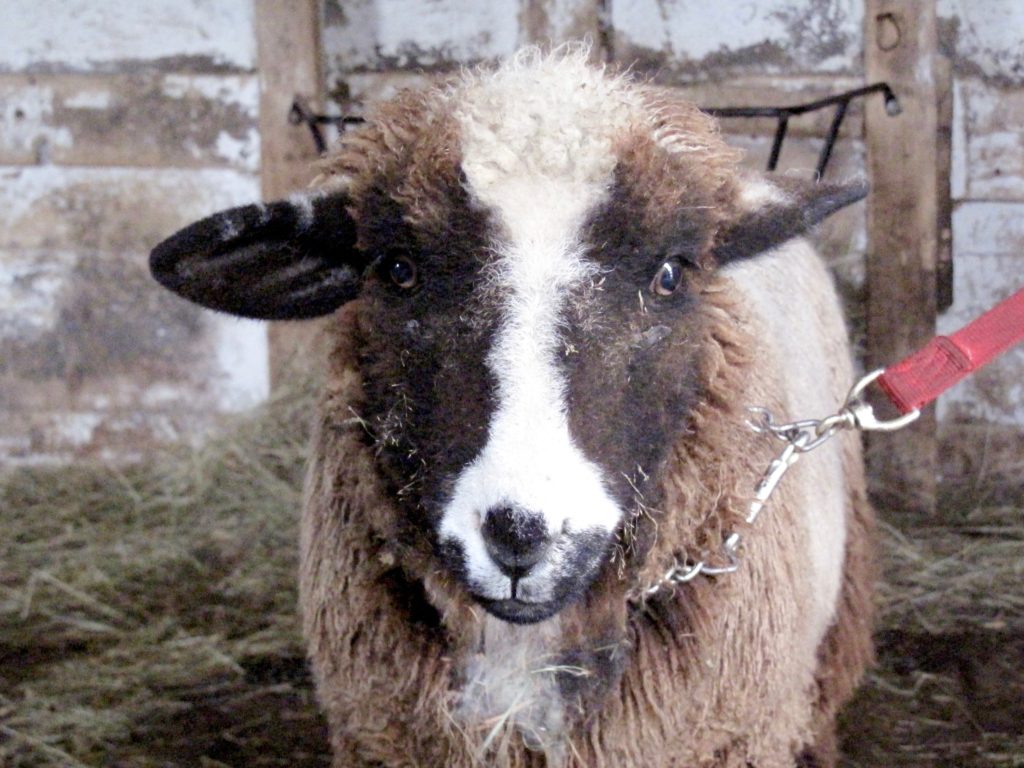
California Variegated Mutant (“CVM”) sheep are a rare color variant of the critically endangered Romeldale. The wool industry has tried to eliminate colored sheep and wool for centuries. White wool can be dyed any color, whereas dying options starting with colored wool are limited and unpredictable. Never-the less many white breeds of sheep have recessive color genetics buried in their genomes. In the 1950s a pair of multicolored lambs were born in flocks of white sheep on the Sexton Ranch in Northern California. Their multicolored descendants have very fine wool valued by hand spinners. The advantages of CVM fleece are accessible only to people willing to separate the fleece into small batches of different colors. Sheep are large but without horns. We have never had an aggressive or “difficult” CVM in 15 years experience with the breed. Breeding stock is for sale.
